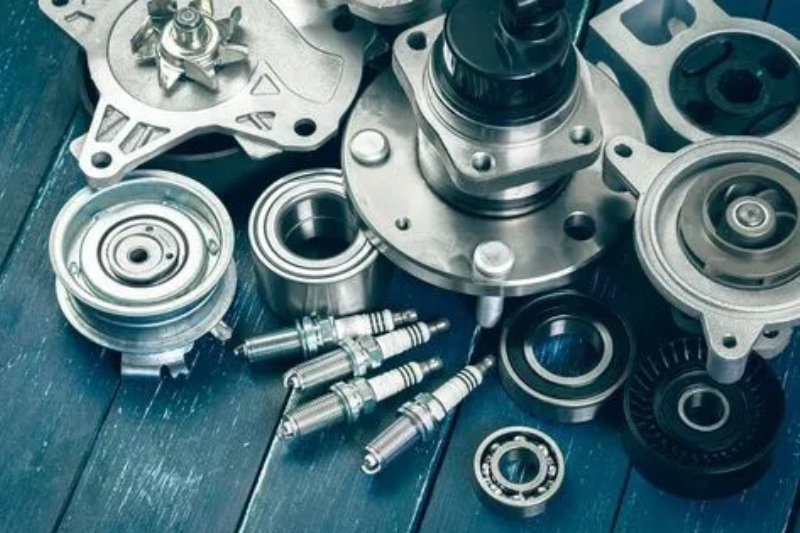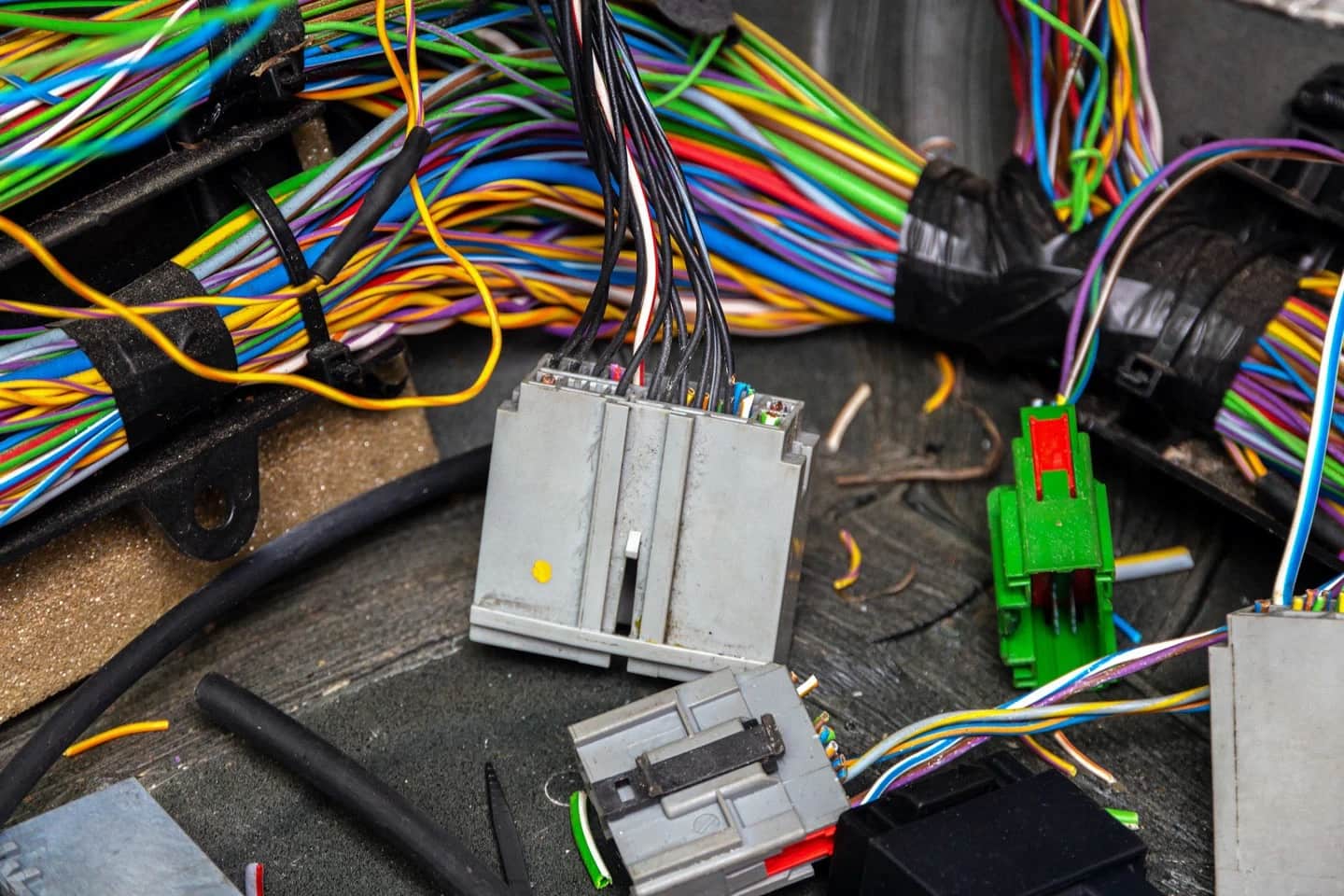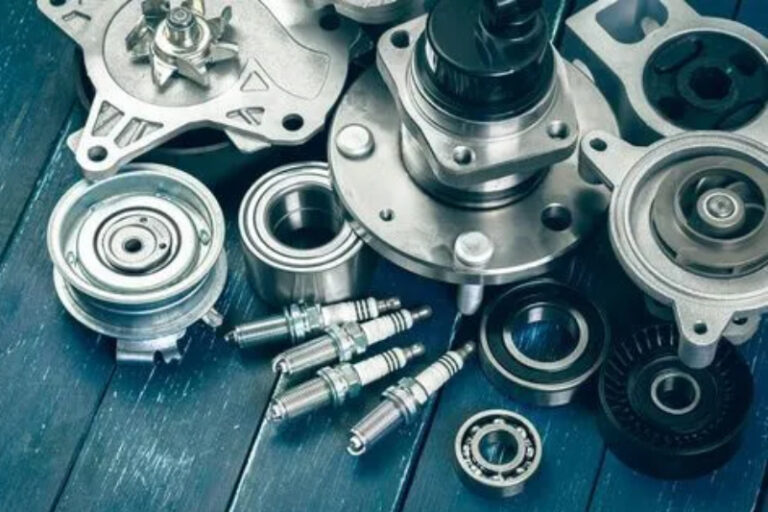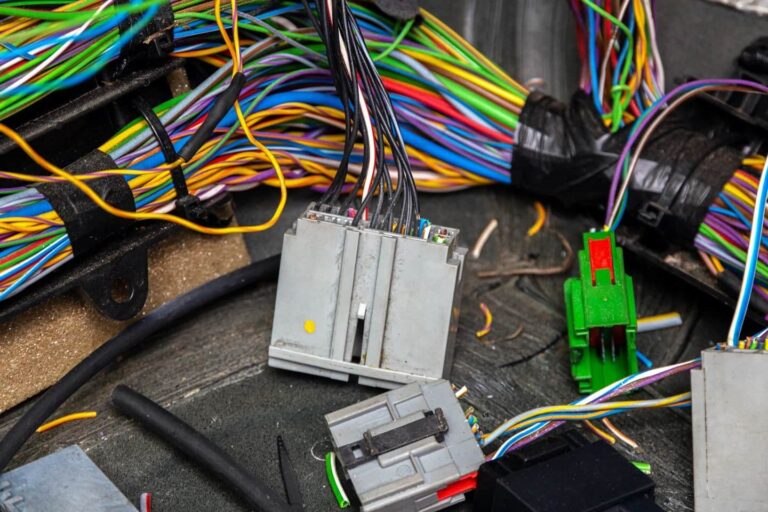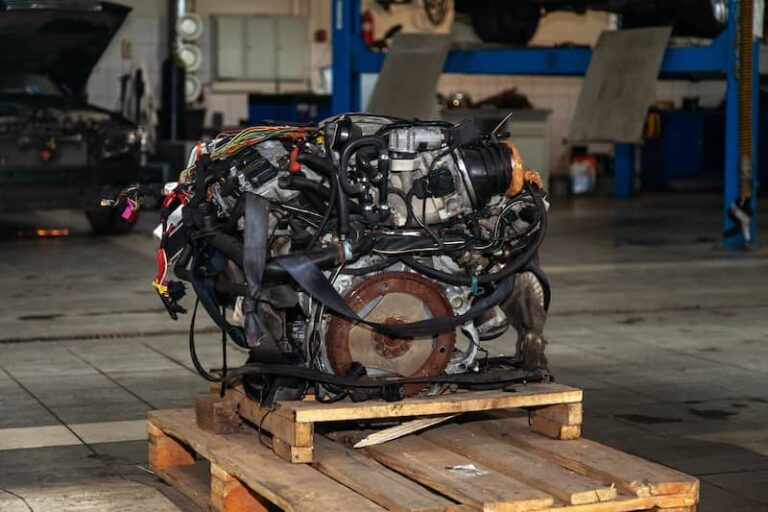A properly functioning power steering system is one of the most important aspects of a safe and comfortable driving experience. It allows you to maneuver your vehicle easily, even at low speeds, and ensures full control during turns or emergency situations. The component responsible for this smooth operation is the power steering pump – a crucial part that pressurizes the hydraulic fluid, enabling effortless steering.
But what happens when the power steering pump goes bad? The steering becomes stiff, noises emerge from under the hood, and controlling your vehicle becomes more difficult. This is not only inconvenient but also dangerous if ignored. In this article, we’ll explain everything you need to know about a failing power steering pump – its function, symptoms of failure, replacement process, and cost.
What Is a Power Steering Pump and Why Is It Important?

The power steering pump is the heart of the hydraulic steering system. It pressurizes and circulates the power steering fluid, which helps reduce the effort required to turn the steering wheel. Without this pressure, the steering system would feel heavy and unresponsive, especially when parking or taking tight turns.
Older vehicles used to rely entirely on manual steering, meaning the driver had to use physical strength to turn the wheels. Modern vehicles use hydraulic or electric power steering systems, where the pump does most of the hard work for you.
The pump can be belt-driven (connected to the engine) or electrically driven (using an electric motor). Either way, it ensures that the hydraulic fluid flows properly through the system, providing the assistance needed for smooth and easy steering.
When this pump fails, it affects the entire steering system, leading to unsafe driving conditions.
Common Symptoms of a Bad Power Steering Pump
A failing power steering pump doesn’t usually fail suddenly – it gives you warning signs first. Paying attention to these symptoms can save you from expensive repairs or a dangerous situation on the road.
1. Fluid Leaks Under the Vehicle
If you notice red or brown fluid puddles under your car, especially near the front, it could be power steering fluid leaking from the pump or hoses. Leaks can occur due to worn seals, cracked hoses, or damaged fittings. Loss of fluid will cause your steering to stiffen and may eventually lead to pump failure.
2. Discolored or Foamy Steering Fluid
Inspect the color and consistency of your power steering fluid regularly. If it looks gray or foamy, it could indicate air contamination caused by a damaged pump. Air in the system reduces pressure and makes the steering less effective.
3. Unusual Noises While Turning
One of the most common indicators of a failing pump is strange noises – like whining, groaning, or squealing – when you turn the steering wheel. These sounds often occur due to low fluid levels or worn internal components. The noise might worsen when accelerating or making sharp turns.
4. Stiff or Slow Steering Response
If your steering wheel becomes hard to turn or responds slowly, it’s a clear sign that the pump isn’t generating enough pressure. Driving with stiff steering can be extremely dangerous, especially in tight spaces or at high speeds.
5. Metal Shavings in the Fluid
When the internal parts of the pump start wearing out, they release tiny metal shavings into the fluid. If you notice debris in your fluid reservoir, it’s time for a pump inspection or replacement before it causes further system damage.
Ignoring these symptoms could lead to total steering failure – a scenario you definitely want to avoid.
The Power Steering Pump Replacement Process
Replacing a power steering pump requires precision and technical expertise. Here’s how professionals usually handle it:
- Preparation and Safety Check
The mechanic allows the engine to cool completely before beginning work. In the case of a belt-driven pump, the drive belt must be removed first. - Locating and Accessing the Pump
Depending on the vehicle’s design, the pump may be located near the steering rack or shaft. Sometimes, panels or the steering column must be removed for access. - Draining the Old Fluid
The old hydraulic fluid is drained from the system to avoid contamination. Any remaining fluid inside hoses or the reservoir is cleaned out. - Disconnecting Hoses and Wiring
The inlet and outlet connectors of the pump are unscrewed carefully, and the hydraulic lines are detached. - Removing the Old Pump
All mounting bolts and brackets are taken off, and the defective pump is removed. The mechanic may inspect the belt, pulleys, and hoses for any damage. - Installing the New Pump
The new power steering pump is installed, and the pressure and return lines are reconnected. The system is then refilled with fresh fluid. - Bleeding the System
Air trapped in the system is released to ensure smooth operation. This step prevents noise and uneven steering performance. - Testing and Final Check
The engine is started, and the steering is turned several times to confirm smooth movement. For belt-driven systems, the belt tension is rechecked after a test drive.
Replacing a power steering pump typically takes 2–4 hours, depending on the vehicle model and design complexity.
Power Steering Pump Replacement Cost
The cost of replacing a power steering pump varies depending on your vehicle’s make and model, the type of pump, and labor rates in your area. On average, you can expect to pay:
- Parts cost: $250–$450 for most vehicles (luxury cars may cost more)
- Labor cost: $200–$400, depending on shop rates and accessibility
- Total average: $500–$800
If you drive a performance or European vehicle, the cost may exceed $1,000 due to higher part prices and longer labor hours.
If you’re looking for a more affordable option, consider purchasing a used or refurbished power steering pump from a trusted auto parts supplier like Auto Vehicle Parts. Used pumps can save you 30–50% compared to new ones without compromising reliability if sourced from verified dealers.
Can You Drive with a Bad Power Steering Pump?
Technically, you can drive short distances with a failing power steering pump, but it’s not recommended. The steering will become heavier and less responsive, increasing the risk of losing control. Moreover, continued driving can damage other components, such as the steering rack and serpentine belt.
If your pump fails completely, the steering could lock up, leading to an accident. It’s always safer to have the issue inspected and repaired immediately.
How Long Does a Power Steering Pump Last?
A well-maintained power steering pump can last between 100,000 and 150,000 miles. However, this lifespan can vary depending on driving habits, maintenance frequency, and the quality of the fluid used. Regular fluid checks and replacements are essential for preventing premature wear.
Avoid turning your steering wheel to the extreme left or right for long periods, as this can strain the pump and shorten its life.
Final Thoughts
A failing power steering pump can turn driving into a struggle and put your safety at risk. Recognizing early warning signs – such as leaks, strange noises, or stiff steering – can help you address the issue before it worsens.
If you’re facing high replacement costs, you can explore used or rebuilt power steering pumps from reputable sellers like Auto Vehicle Parts. They offer reliable and budget-friendly solutions to keep your vehicle running smoothly.
Always ensure that your power steering system is maintained properly, the fluid is topped up, and routine checks are performed. A little preventive care today can save you from major repair bills tomorrow – and more importantly, ensure you always stay in control behind the wheel.
FAQs
No, it’s unsafe to drive with a broken power steering pump. The steering becomes heavy, especially at low speeds, making it difficult to control the vehicle safely. power steering pump.
Most power steering pumps last between 100,000–150,000 miles. Regular maintenance and timely fluid replacement can extend this lifespan.
The most common cause is low or contaminated fluid. Insufficient fluid causes the pump to overheat and wear out faster, leading to noise and poor steering response.
The average cost ranges from $500 to $800, depending on the car model and labor costs. Luxury vehicles may cost more due to expensive parts.
Yes. Most new power steering pumps come with a 2-year or 24,000-mile warranty, though coverage may vary by manufacturer or supplier.



